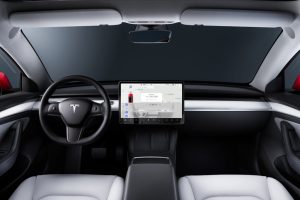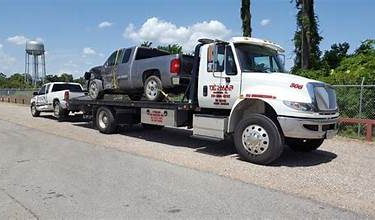Introduction
The intersection of technology and automotive innovation reached a critical juncture with Tesla’s recent decision to recall its much-touted Autopilot software. Tesla, a pioneer in electric vehicles and autonomous driving technology, faced mounting safety concerns surrounding its Autopilot system, prompting a significant reevaluation of its functionality and reliability. This recall has sparked discussions, shedding light on the safety implications and specific issues that compelled Tesla to take this decisive step. Exploring the intricate details behind this recall unveils crucial insights into the challenges and responsibilities associated with integrating advanced driver-assistance features in today’s vehicles. Delving into the identified malfunctions and safety lapses within the Autopilot system provides a comprehensive understanding of the motivations behind this recall and the measures taken to address these concerns.
The Autopilot System
Tesla’s Autopilot system, marketed as an advanced driver-assistance feature, has been a flagship innovation, promising enhanced safety and convenience on the roads. Leveraging a suite of sensors, cameras, and AI-powered algorithms, the system aims to assist drivers by controlling acceleration, steering, and braking within certain conditions.
Safety Concerns Leading to Recall
However, despite its promising advancements, Tesla’s Autopilot functionality has encountered several safety concerns, prompting the company’s decision for a recall. Let’s delve into the specific issues identified:
Inconsistent Object Detection and Response
One primary safety concern revolves around the system’s inconsistency in detecting and responding to objects on the road. Reports and investigations highlighted instances where the Autopilot failed to recognize stationary objects or obstacles, leading to potential collision risks.
Erratic Lane Changing Behavior
Another issue flagged in the Autopilot functionality is its erratic behavior during lane changes. Users reported instances where the system made abrupt lane changes without proper signaling or misjudged the distance and speed of adjacent vehicles, causing hazardous situations on highways.

Misinterpretation of Traffic Signals and Signs
Tesla’s Autopilot relies significantly on interpreting traffic signals and signs to make informed driving decisions. However, concerns arose regarding the system’s accuracy in correctly identifying and responding to these signals, potentially leading to confusion or unsafe driving maneuvers.
Unpredictable Response in Challenging Weather Conditions
Adverse weather conditions pose a significant challenge for autonomous driving systems. The Autopilot faced criticism for its unpredictable behavior and reduced effectiveness during heavy rain, snow, or fog, compromising its reliability in adverse weather scenarios.
Tesla’s Approach and Mitigation Strategies
In response to these safety concerns, Tesla initiated a recall of the Autopilot software, emphasizing its commitment to enhancing safety standards and rectifying the identified issues. The company has outlined several strategies to address these concerns:
Software Updates and Algorithm Enhancements
Tesla aims to release comprehensive software updates, integrating improved algorithms and enhanced object detection capabilities. These updates are designed to refine the Autopilot system’s ability to recognize and appropriately respond to various road conditions and obstacles.
Collaboration with Regulatory Bodies and Experts
Acknowledging the complexity of autonomous driving technology, Tesla has committed to collaborating with regulatory bodies and industry experts. This collaboration aims to establish robust testing protocols, validate safety measures, and ensure compliance with stringent standards.
Enhanced User Education and Training
Tesla recognizes the pivotal role of user understanding and engagement in utilizing the Autopilot system. The company plans to intensify user education and training programs, emphasizing the limitations of the system and promoting responsible use by drivers.

Future Prospects and the Road Ahead
As Tesla strives to rectify the safety concerns associated with its Autopilot system, the incident serves as a poignant reminder of the challenges and responsibilities intertwined with autonomous driving technology. The path forward entails a concerted effort from automotive manufacturers, regulators, and technology developers to establish comprehensive safety standards and ensure the seamless integration of autonomous features into modern vehicles.
Conclusion
The recall of Tesla’s Autopilot software underscores the evolving nature of autonomous driving technology and the imperative need to prioritize safety without compromising innovation. It serves as a pivotal moment prompting a collective reevaluation of safety protocols and technological advancements in the automotive industry. The ultimate goal remains the harmonious coexistence of technological innovation and road safety, fostering a future where autonomous driving features revolutionize transportation while safeguarding lives on the streets.




